The Eastern Woodlands refers to the vast area in North America which is basically east of the Mississippi River. Anthropologists generally divide this area into two major culture areas: the Northeastern Woodlands and the Southeastern Woodlands.
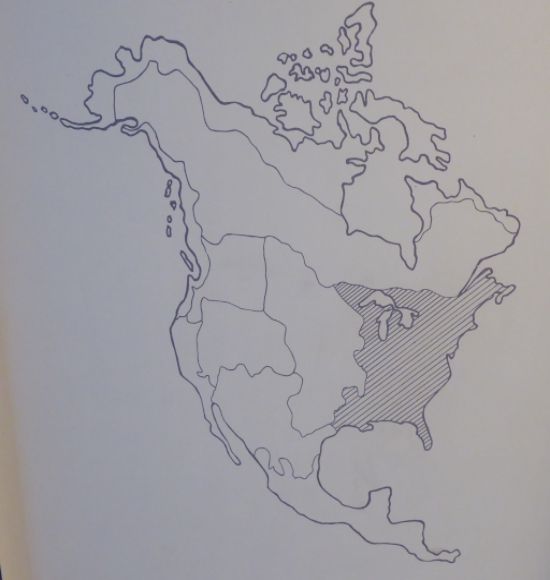 The shaded area on the map shown above shows the Woodlands culture area.
The shaded area on the map shown above shows the Woodlands culture area.
The Maryhill Museum of Art near Goldendale, Washington, has a display of Woodland American Indian art. According to the Museum display:
“Woodlands art includes basketry, leatherwork, porcupine quillwork, beadwork, and woodcarving. Beadwork and quillwork curvilinear floral patterns of Euro-American origin have come to dominate the art. Plaited baskets of various styles were common in the south and northeast.”
Basketry
American Indian basketry in the Atlantic Northeast was made from a variety of materials using several different weaves. A twine weave was used in creating wickerwork, a fairly rigid form. In his book Indian New England Before the Mayflower, Howard Russell reports:
“They plaited small baskets which were hung from the waist to hold seeds for planting or to carry a lunch when they went fishing; from wild hemp they wove large baskets that would hold maize or bans brought in from the field; and many a useful size between.”
The Indian people of southern New England wove bags from hemp which could hold up to six bushels of corn. They also made storage boxes from folded bark which would hold food, clothing, and even water. Anthropologist Kathleen Bragdon, in her book Native People of Southern New England, 1500-1650, reports:
“Some of these were decorated with incised and painted designs, and were reportedly both sturdy and long-lasting.”
Southeastern Woodlands baskets were, and sometimes still are, made by plaiting swamp cane. In her chapter in Dimensions of Native America: The Contact Zone, Diane Clark reports:
“The similarity of techniques and designs among these groups suggests that information and skills were widely traded.”
Traditionally, baskets were made by the women and this was an important economic contribution to the family.
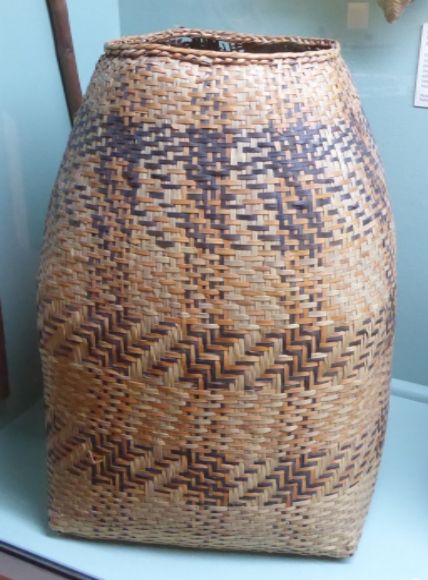
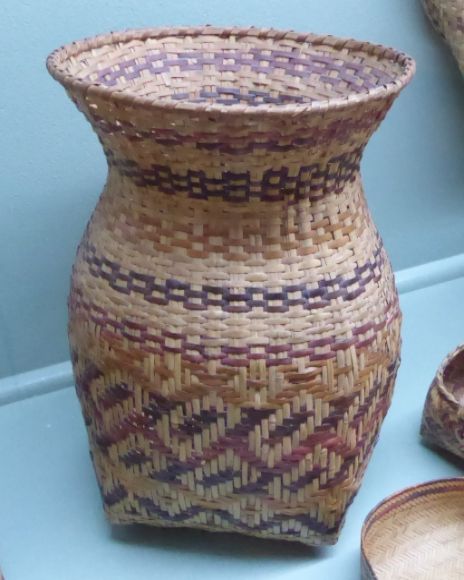
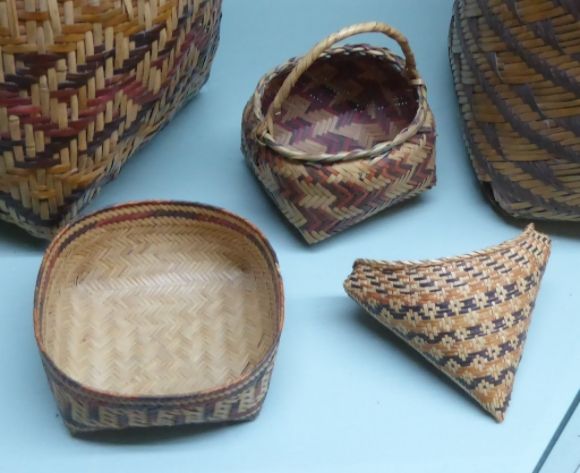
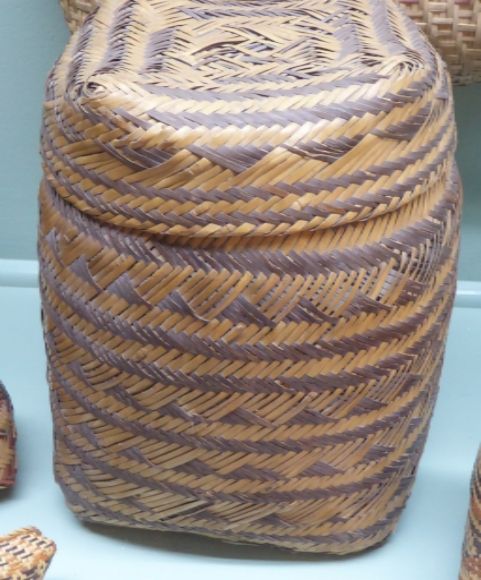
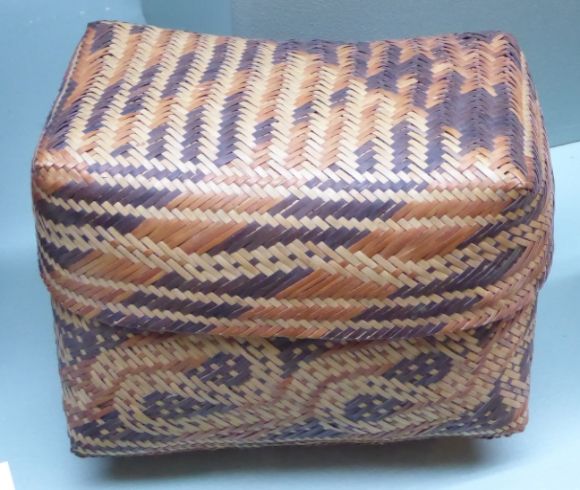

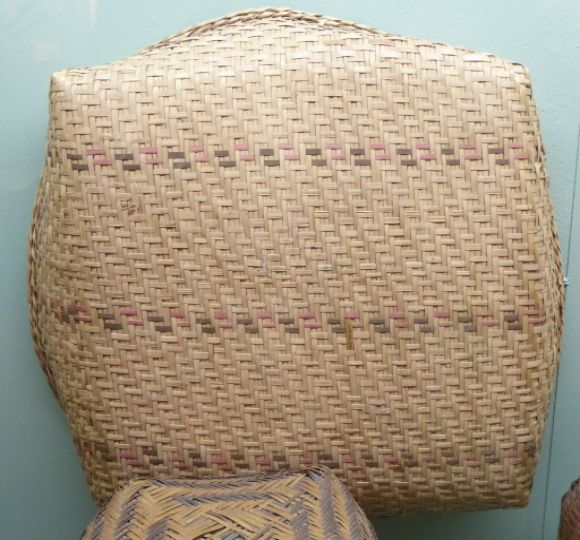
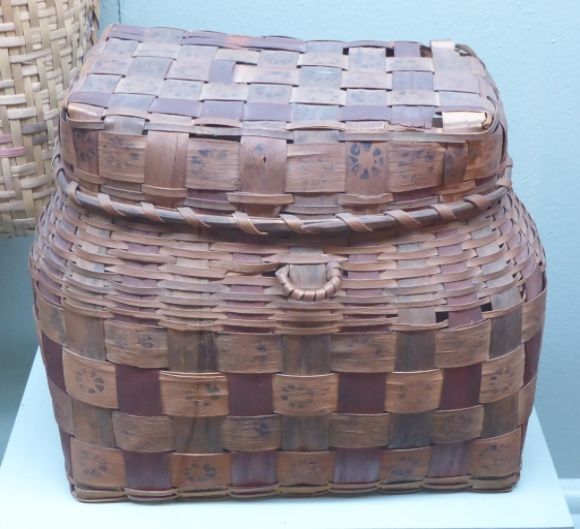 Shown above is a Schagticoke storage basket.
Shown above is a Schagticoke storage basket.  Shown above is a Paugussett storage basket. This basket, which was made about 1800, has been attributed to Molly Hatchett, a well-known basket maker.
Shown above is a Paugussett storage basket. This basket, which was made about 1800, has been attributed to Molly Hatchett, a well-known basket maker. 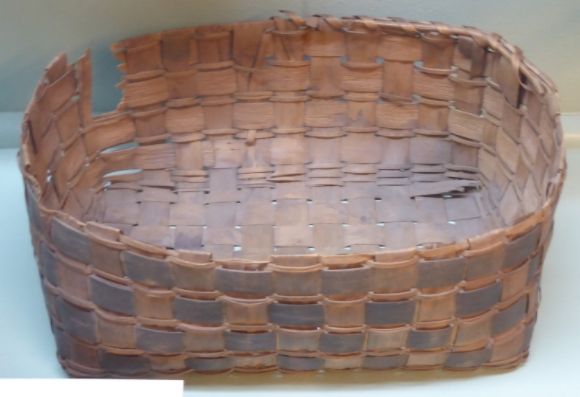 Shown above is a New England splint basket. The wood splints—usually black ash and hickory—were made by pounding a log until it separated into layers along the growth rings.
Shown above is a New England splint basket. The wood splints—usually black ash and hickory—were made by pounding a log until it separated into layers along the growth rings.
Quillwork
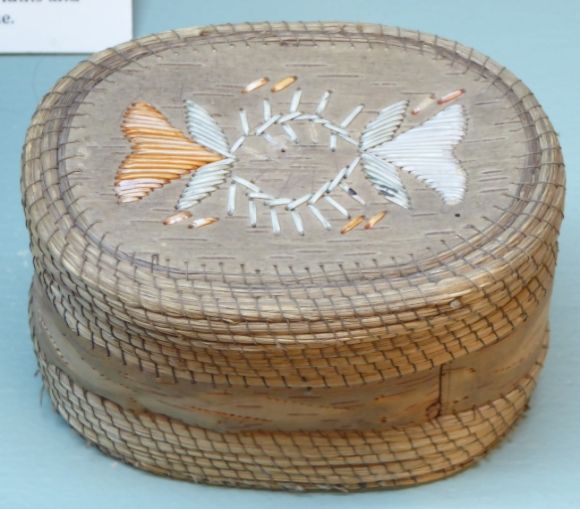 Shown above is an example of quillwork. This small birch bark box has been decorated with porcupine quills.
Shown above is an example of quillwork. This small birch bark box has been decorated with porcupine quills.
Carl Waldman, in his book The Dictionary of Native American Terminology, writes:
“Quills were softened in water or the mouth; flattened by drawing them through the teeth or with a special rock or bone tool called a quill flattener; colored with dyes; and then applied as a form of appliqué on various materials, especially animal skins.”
Beadwork
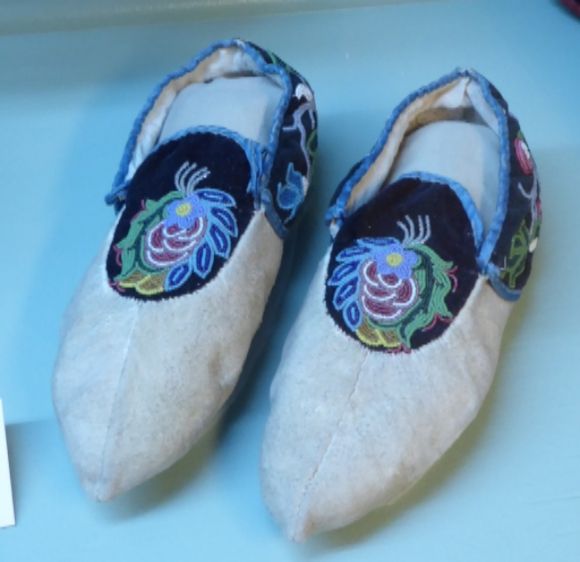 Shown above is a pair of Ojibwa moccasins.
Shown above is a pair of Ojibwa moccasins. 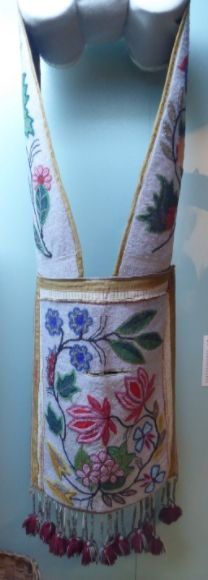 Shown above is an Ojibwa bandolier bag.
Shown above is an Ojibwa bandolier bag.  Shown above is an Ojibwa bag.
Shown above is an Ojibwa bag. 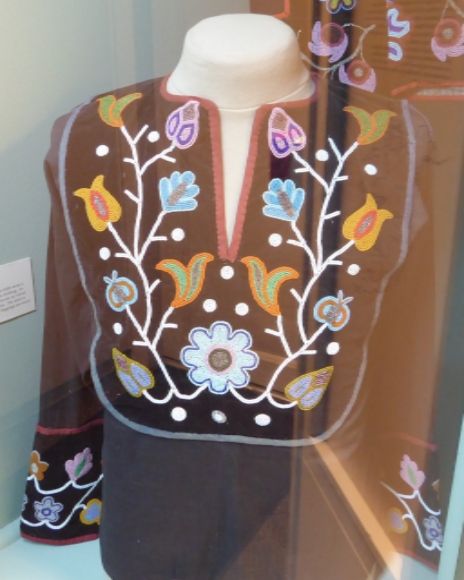 Shown above is an Ojibwa man’s shirt.
Shown above is an Ojibwa man’s shirt.
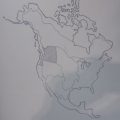
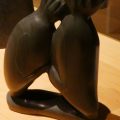
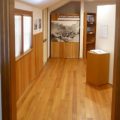
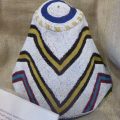
Leave a Reply